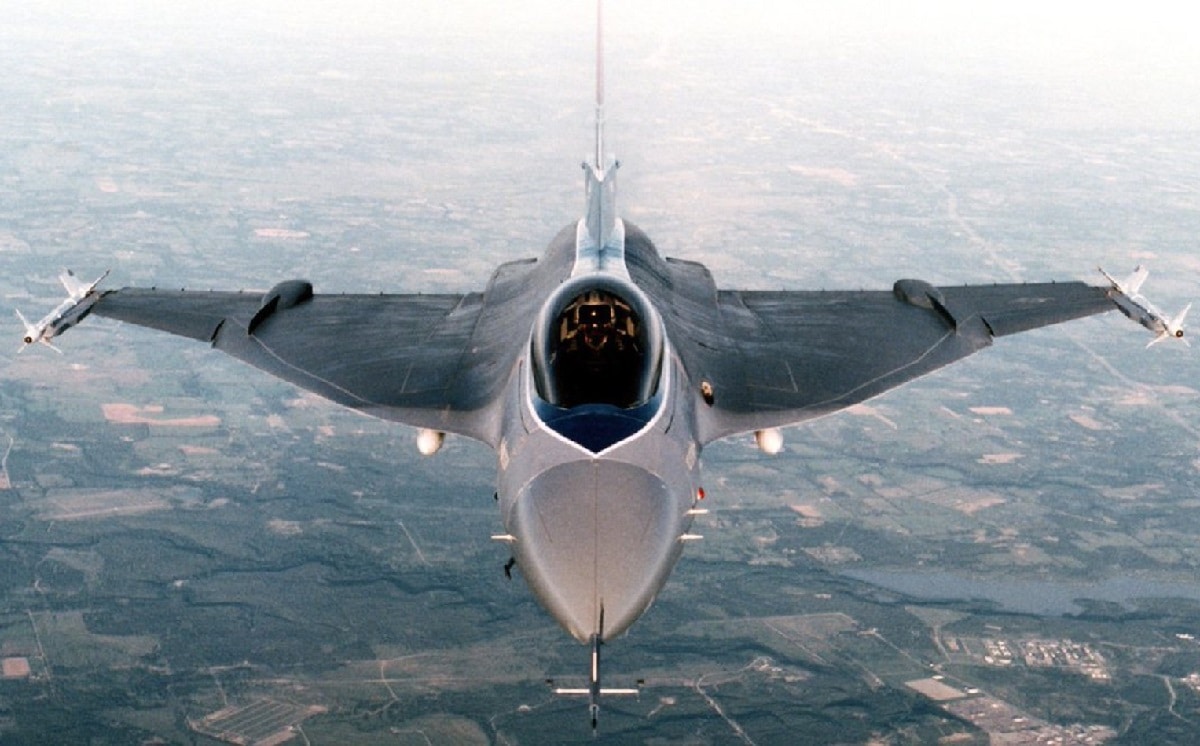The F-16XL is remembered as one of the most capable fourth-generation fighters. Yet, it never entered service. Only two were ever built. In 1977, the F-16XL began as the F-16 SCAMP, or Supersonic Cruise and Maneuver Prototype. The objective of the program was not to sell an aircraft to the Pentagon, replace an existing fighter, or even upgrade the then-brand-new, standard F-16. The F-16 SCAMP was merely a scientific experiment, meant to take some of the first steps toward developing supercruise technology.
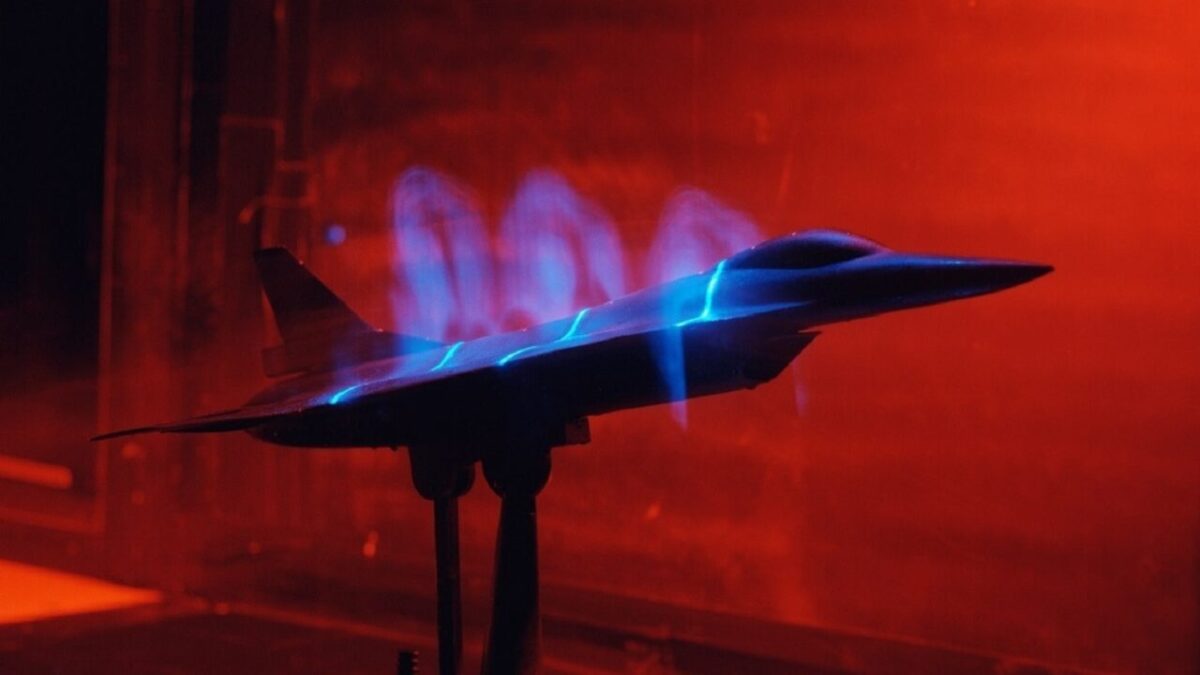
F-16XL fighter. Image Credit: Creative Commons.
F-16XL: Supercruise in Prototype
Supercruise is the ability to travel at supersonic speeds without using afterburners. The feature has become standard on fifth-generation jets like the F-22 and F-35. But back in the 70s, supercruise was still a pipedream. Back then, to achieve supersonic speeds a jet had to activate the afterburners.
Afterburners were first developed in 1943 and are still in use with modern jets. An afterburner takes a jet engine’s unspent oxygen (most jet engines only use about half of the oxygen they ingest, leaving plenty of potential energy) and combines that oxygen with jet fuel. The oxygen-jet fuel cocktail is then squirted directly into the engine’s exhaust stream. The mixture ignites and creates a blowtorch that is then shot out of a nozzle in the back of the engine, providing a big kick of extra thrust. In modern fighters, that extra thrust increases the engine’s power significantly – by 40 to 70 percent. Afterburners have one glaring downside, however: gluttonous fuel consumption. With afterburners engaged, an F-16 consumes 50,000 pounds of fuel per hour – which would be like leaving a firehose on full blast for an hour. With only 7,000 pounds of fuel onboard, the F-16 operating on afterburners would burn through its entire fuel reserve in less than ten minutes. To achieve the benefits of supersonic flight, without burning through the fuel required to operate afterburners, General Dynamics designers set about to create the F-16XL.
More than a Sized Up F-16
The most visually distinctive feature of the F-16XL, the cranked-arrow delta wing (which is 120 percent larger than the F-16’s original wing), was integral to the platform’s fuel-saving objectives. The XL wing’s increased surface area meant increased lift. Additionally, the XL-variant was constructed with carbon fiber composite materials, which saved 600 pounds of weight (although the XL was still 2,800 pounds heavier than the standard F-16). Finally, the XL had a 56-inch longer fuselage than the F-16. All said and done, the modifications resulted in a 25 percent higher lift-to-drag ratio during supersonic flight and an 11 percent improvement in subsonic flight.
The new airframe was also reported to handle more smoothly at high speeds and low altitudes than the F-16. The bigger plane was, naturally, able to carry more fuel, and more weapons; the F-16 XL had an 82 percent increased fuel capacity, which allowed for a 40 percent increase in range. And the XL’s enlarged wing allowed for 27 weapons hardpoints, a 100 percent improvement over the F-16.
While the F-16XL was not initially designed for mass production, the aircraft’s performance turned heads; many believed the aircraft had higher utility than just supercruise experiments. So in 1981, when the U.S. Air Force announced the Enhanced Tactical Fighter (ETF) program – an effort to procure a replacement to the F-111 Aardvark, which demanded an aircraft capable of launching deep interdiction missions without support – the General Dynamics team submitted their F-16XL for consideration.
The F-16XL lost the ETF contract, of course. The winning bid was the F-15E Strike Eagle, which is still in service. The F-15E didn’t necessarily outperform the F-16XL. Instead, the USAF favored the F-15E, primarily, for the sake of production convenience. The F-15E is just an F-15D two-seat trainer with modifications to support ground-attack instruments in the back seat. The F-15D was already in production, so making the F-15E was simple and easy. The F-16XL, however, had significant structural differences from the original F-16. Full production would have required significant investments of effort, time, and money.
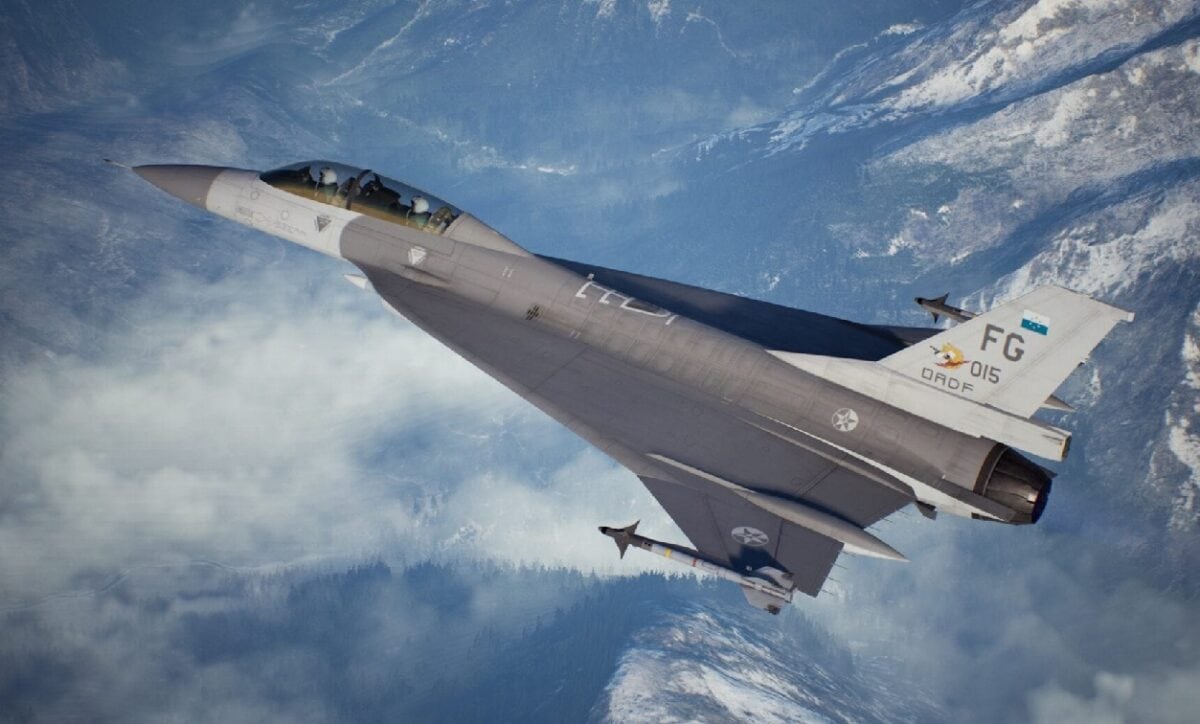
Image of what would have been the F-16XL, an artist rendering. Image Credit: Creative Commons.
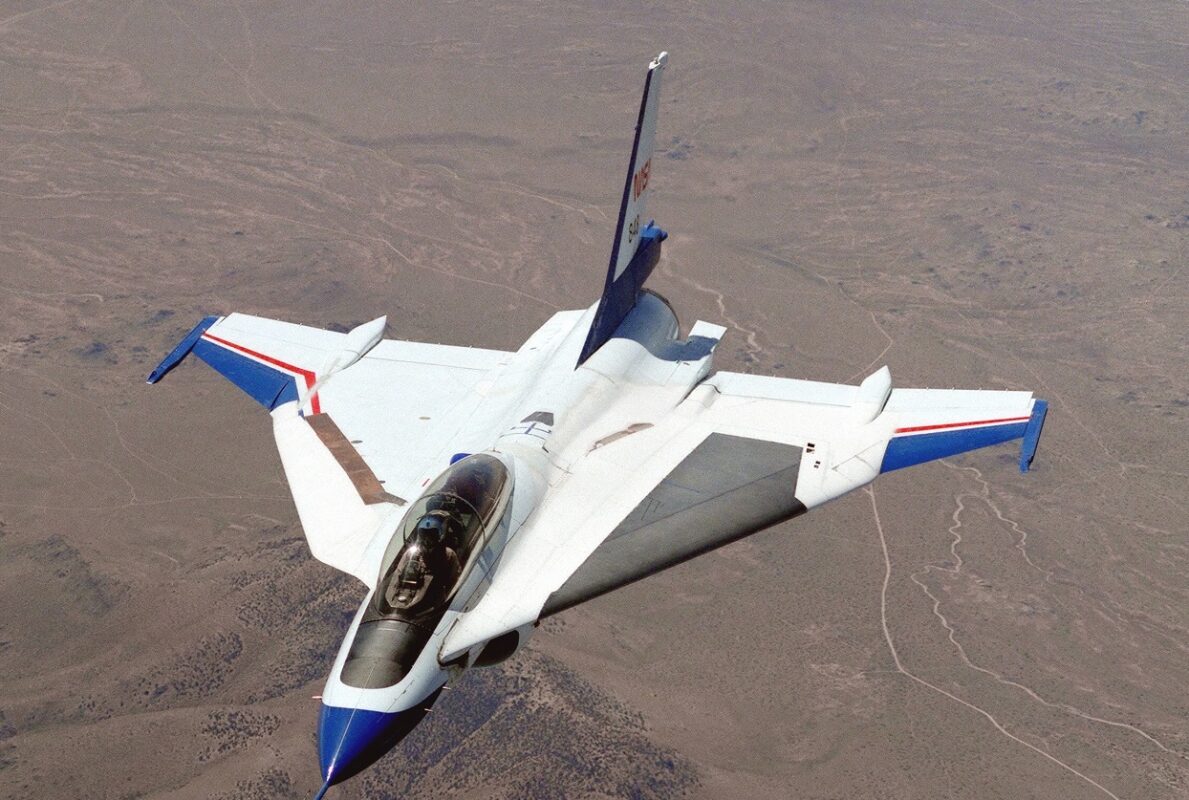
Image: Creative Commons.
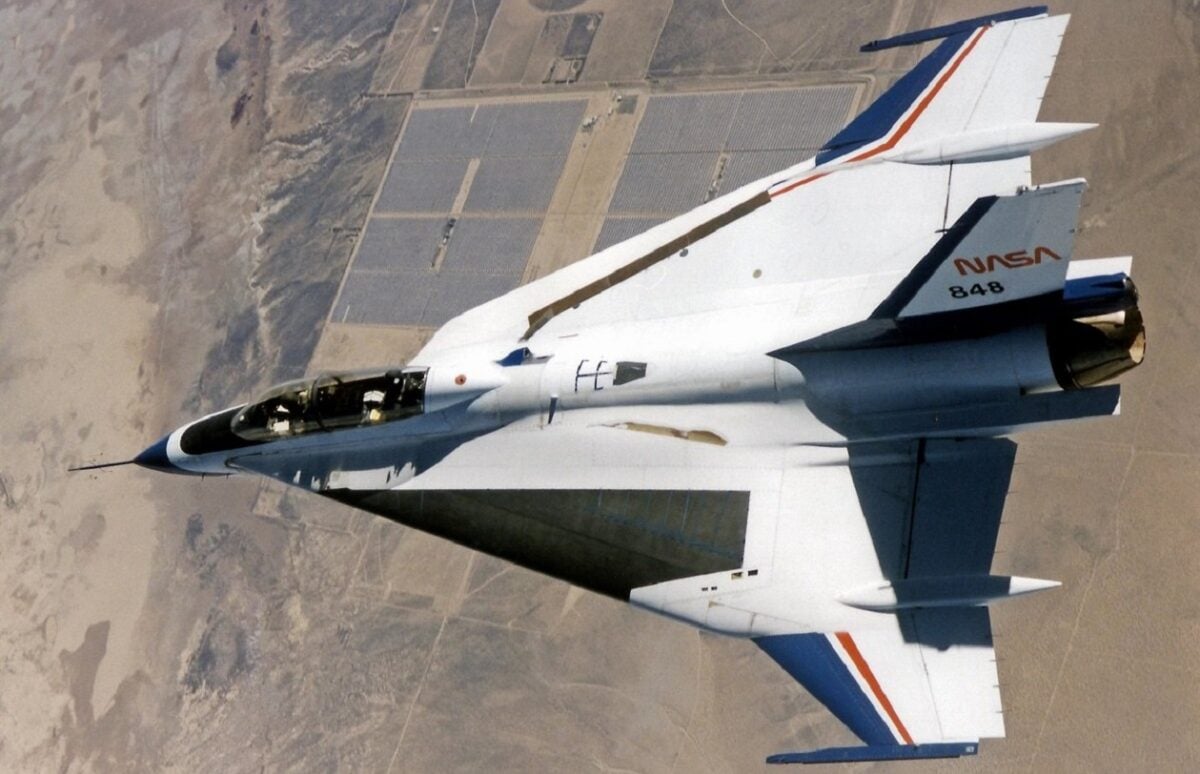
F-16XL. Image Credit: NASA.
Furthermore, the F-15E had two engines, allowing for greater thrust, higher payloads, and increased safety (engine redundancy) – all attractive features for an aircraft performing long-range interdiction missions. The USAF balked at the F-16XL, and the venerable airframe was mothballed.
Several years later, in 1988, the two existing F-16XLs were taken out of storage and transferred to NASA for flight testing. The jets were used for nearly two decades of extensive testing, before being retired in 2009, leaving many to wonder what could have been.
Harrison Kass is a Senior Defense Editor at 19FortyFive. An attorney, pilot, guitarist, and minor pro hockey player, he joined the US Air Force as a Pilot Trainee but was medically discharged. Harrison has degrees from Lake Forest College, the University of Oregon School of Law, and New York University’s Graduate School of Arts & Science. He lives in Oregon and regularly listens to Dokken.

